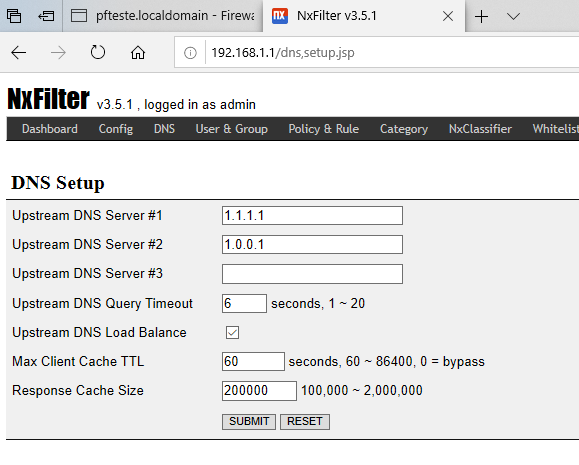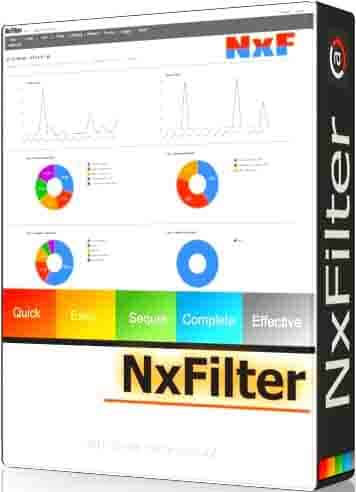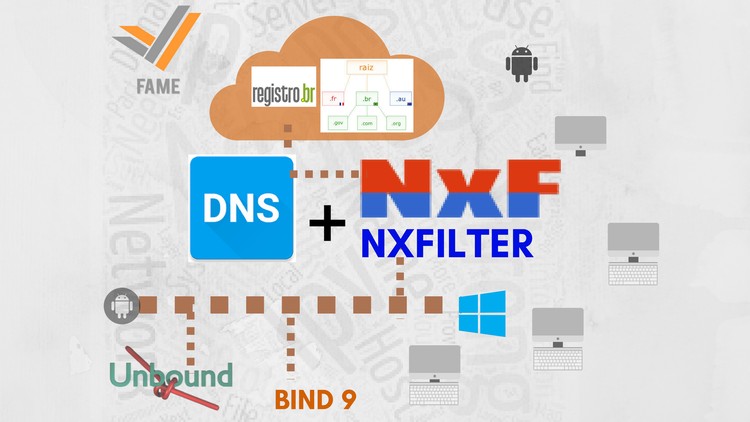


DNS traffic is very light, so even under a heavy load from several users, this wouldn’t stress a small server. Disk space is equally light – 1.7GB for AdGuard Home and 1.8GB for Pi-hole – both including a CentOS 7 install. AdGuard Home is showing just 130MB of memory used, and Pi-hole just a tiny bit more at 138MB. Resource Usageīoth are very resource-light and would happily run on a small VPS to share with friends and family. I would say that the AdGuard Home screen looks a little more modern but both are logical and clear. When you first log in to both services, they are relatively similar – offering details of how many DNS queries have been answered, how many blocked, most common domains and details of the clients. You’re then presented with a quick setup where you choose your username/password and determine what interfaces the server will listen on. The installer just downloads a compressed file, extracts it, and sets it up as a service – the whole time was just 4s! You’re provided with a link to access the interface. At the end, you’re provided with a link and password to log in. It’s good that these come from trusted and frequently updated sources to help keep your server secure. The installer first adds the EPEL and Remi repos to gain access to additional software. Equally, both offer single-line install scripts to do the hard work for you.Īnd for AdGuard Home it’s: curl -sSL | shįirst, Pi-hole. Installationīoth Pi-hole and Adguard Home can be installed from source, which is certainly to be recommended if you’re particularly concerned about privacy and security. I’ve used CentOS 7, fully updated and freshly rebooted to ensure they were clean and ready to go. I then went ahead and ran some of my standard performance checks to be sure and found the scores to be well matched. I’m fairly sure they are both on the same physical host, so subject to the same neighbours and are of identical specification – 1GB RAM, 2 AMD EPYC CPU cores and a 15GB SSD disk.

To this end, I chose a smaller provider, VMHaus. In order to test these side-by-side, I wanted two identical cloud servers. Pi-hole is released under the EUPL v1.2 and Adguard Home under GPL v3. Source code for both pieces of software is available on Github for anyone wanting to look at it. This is your own decision to make and I’m just reviewing the options available to you. Many websites rely on payments from advertisers to remain online (including this one). Of course, there’s a lot of argument about the morality of blocking advertisements. If you set this as the DNS server for your whole network, it’s a very efficient way to ensure every device makes use of them. You set your devices to use them as a DNS server, and they filter out domains serving ads or trackers. Both Pi-hole and AdGuard Home are network-level ad and tracker blocking software.


 0 kommentar(er)
0 kommentar(er)
